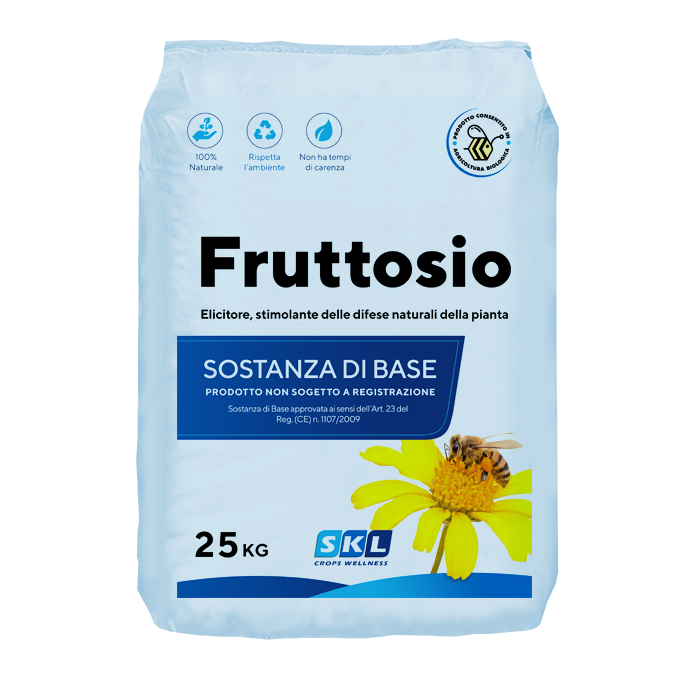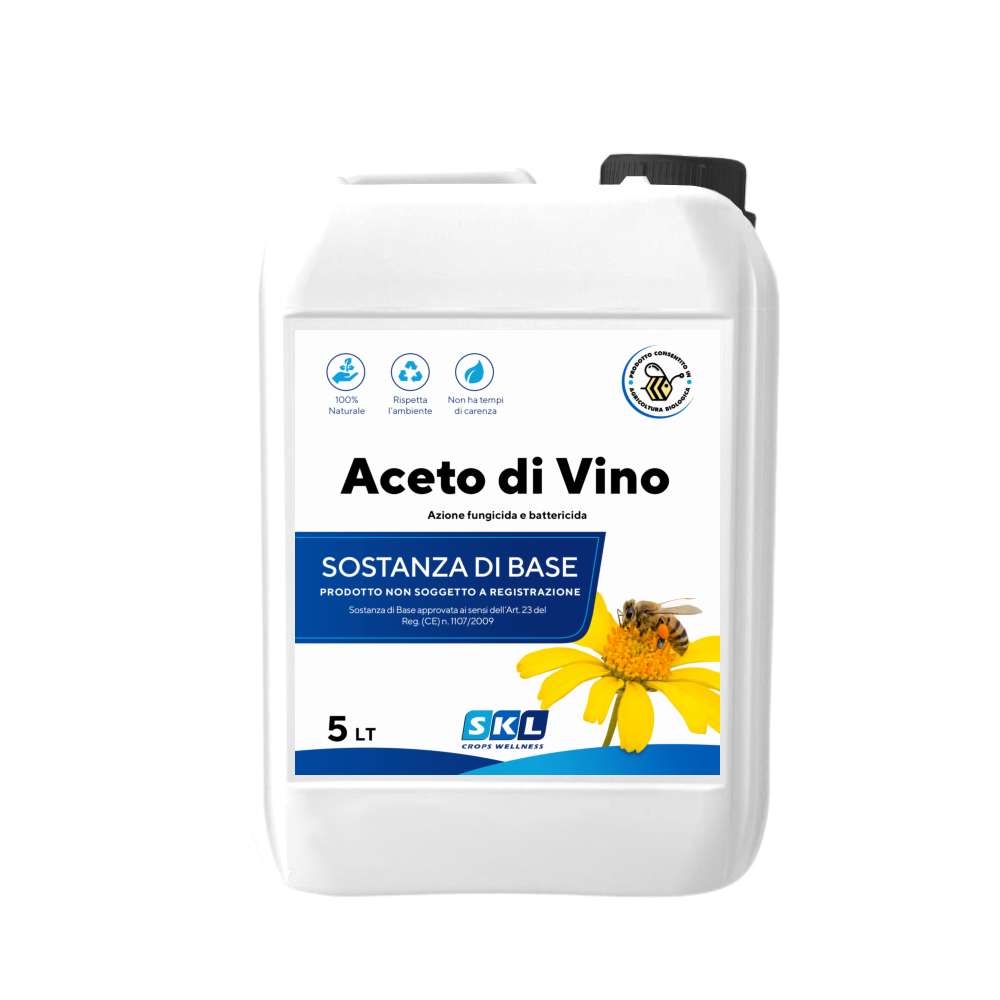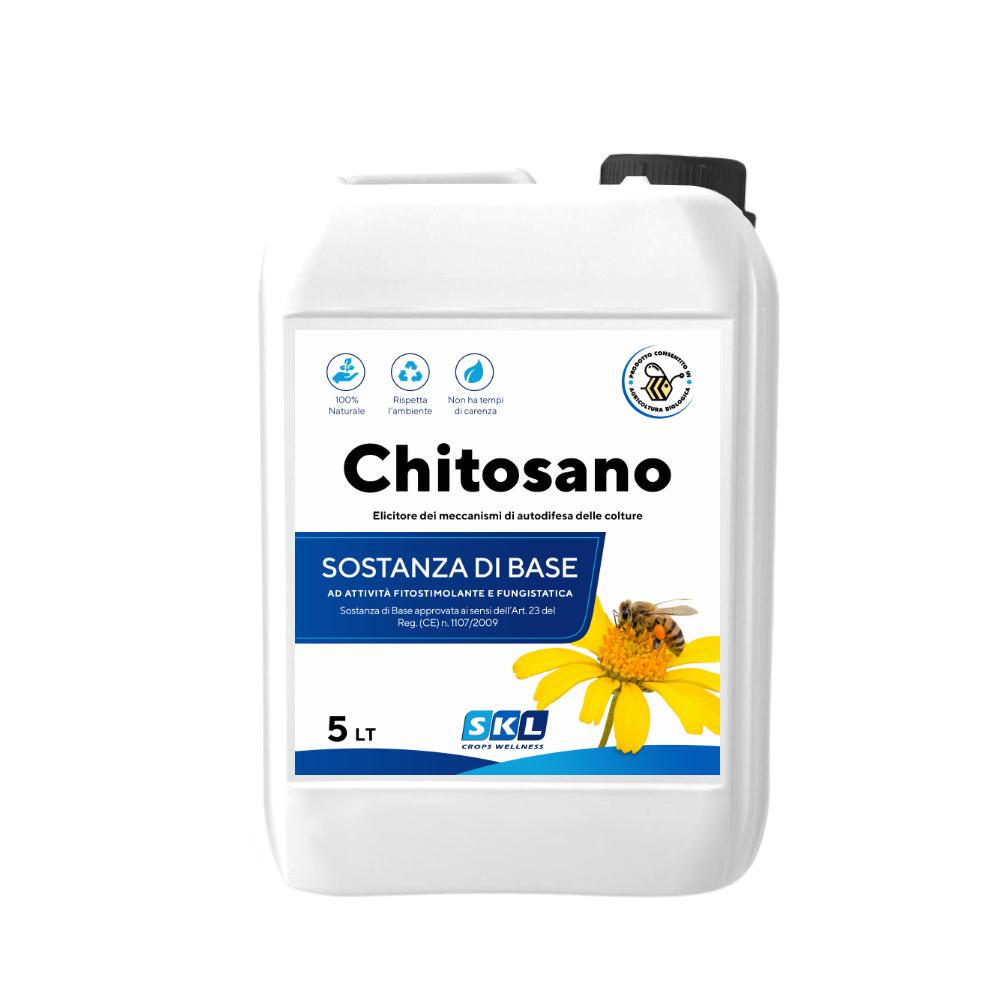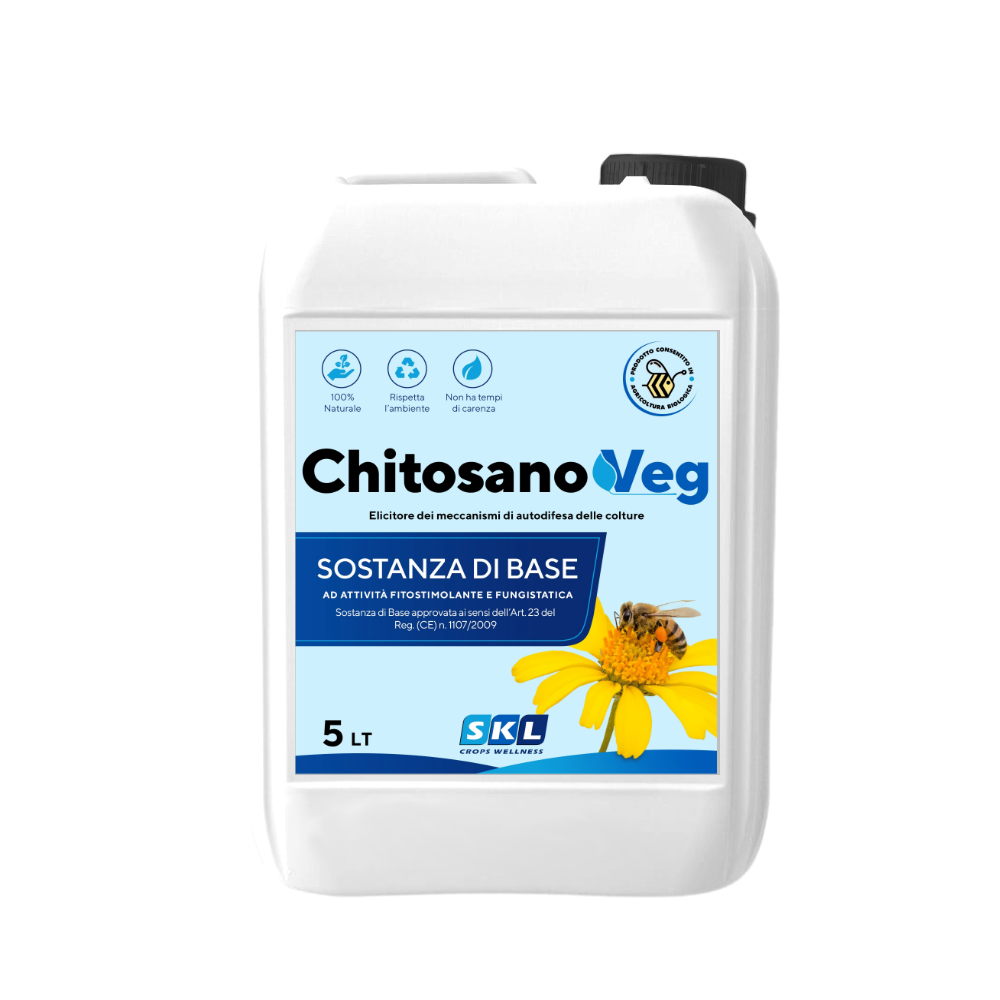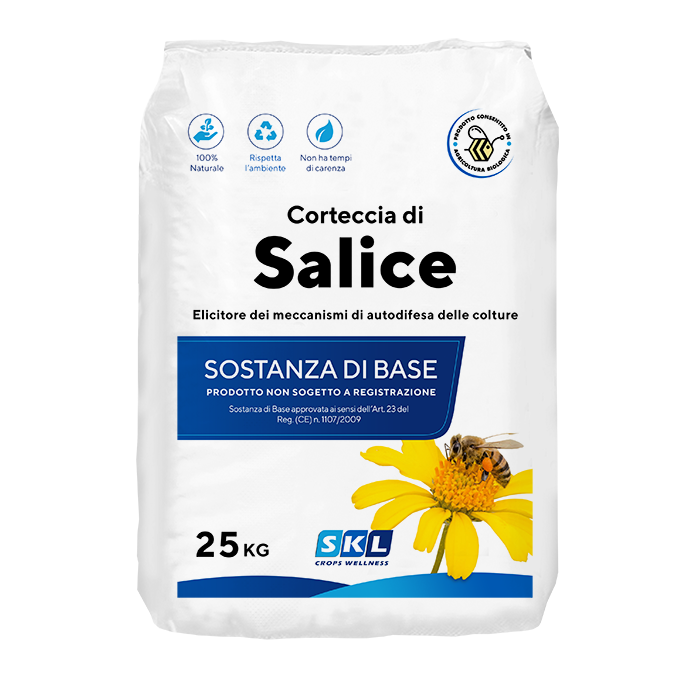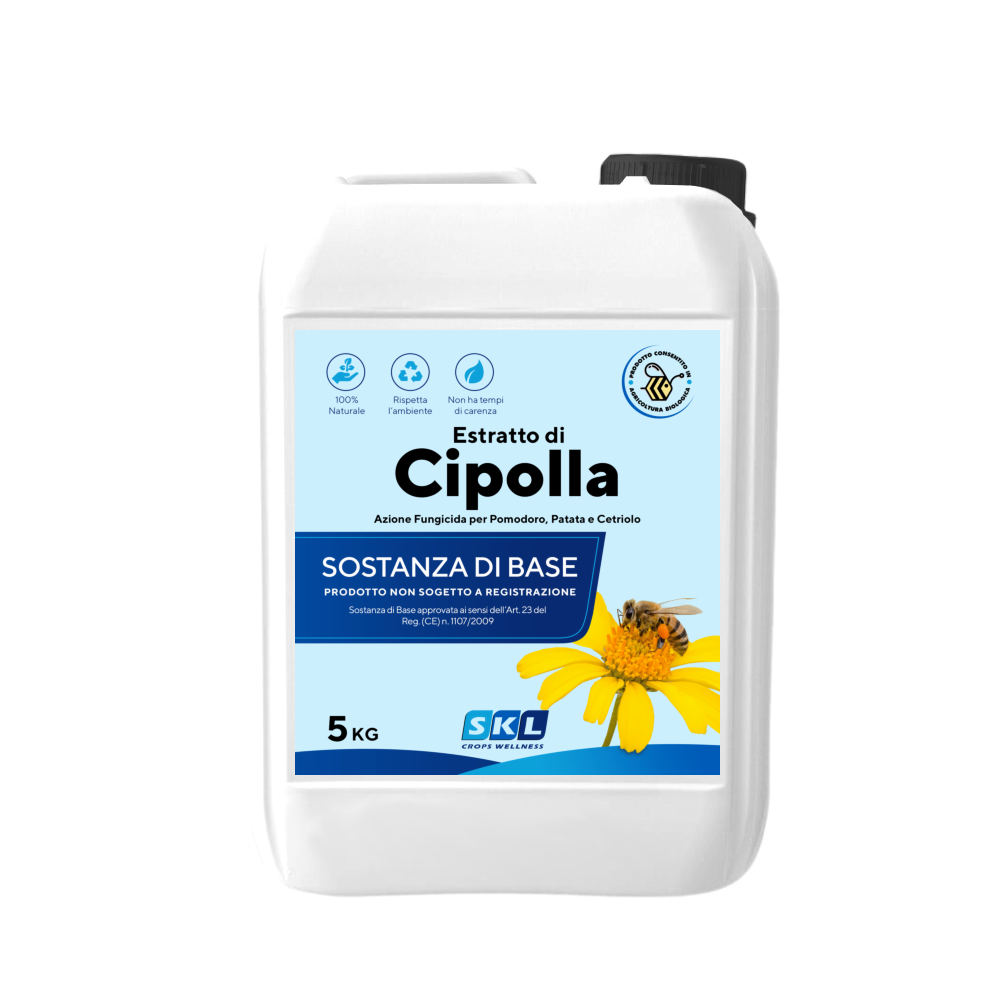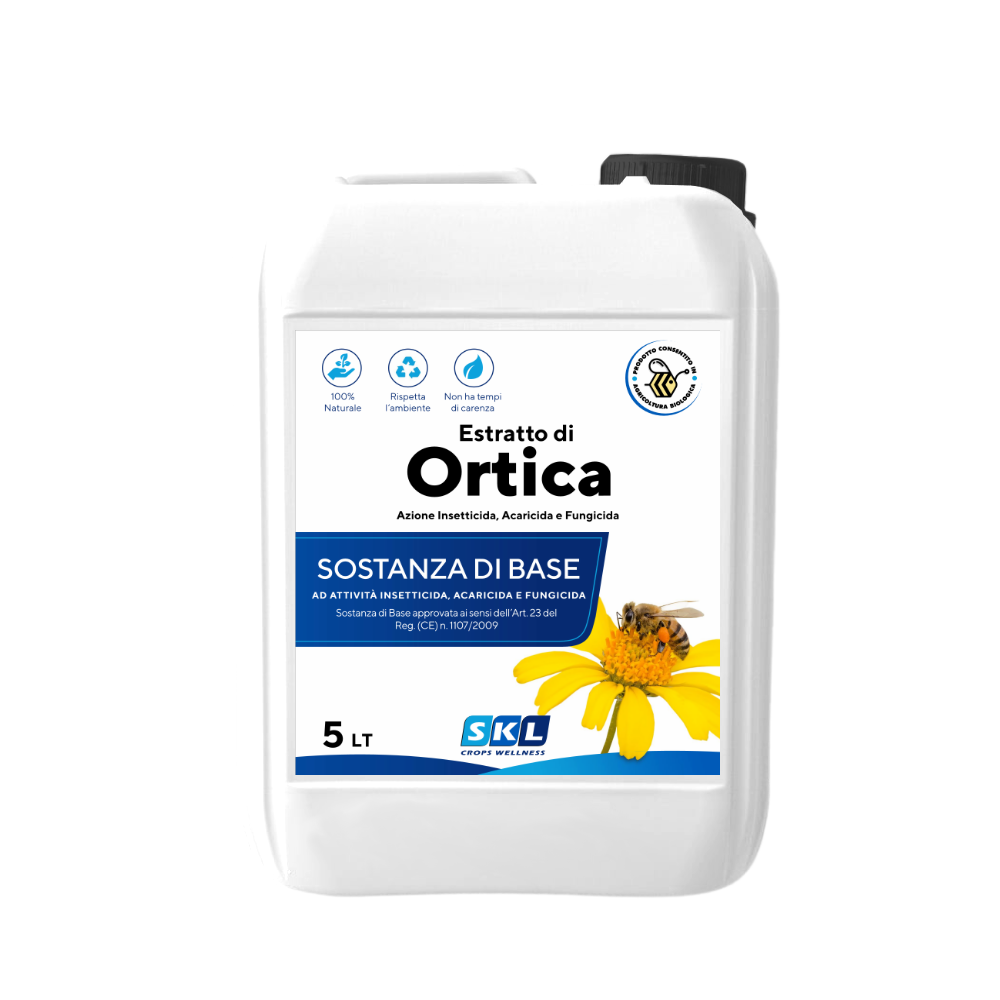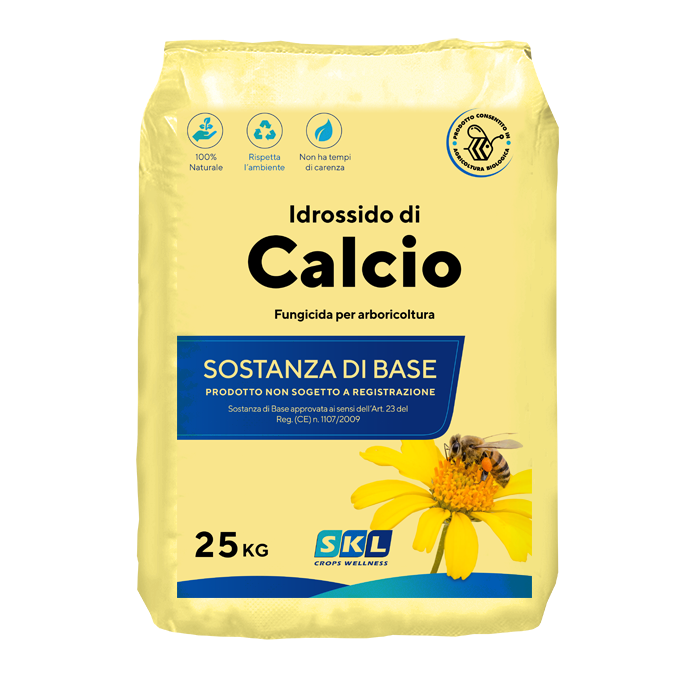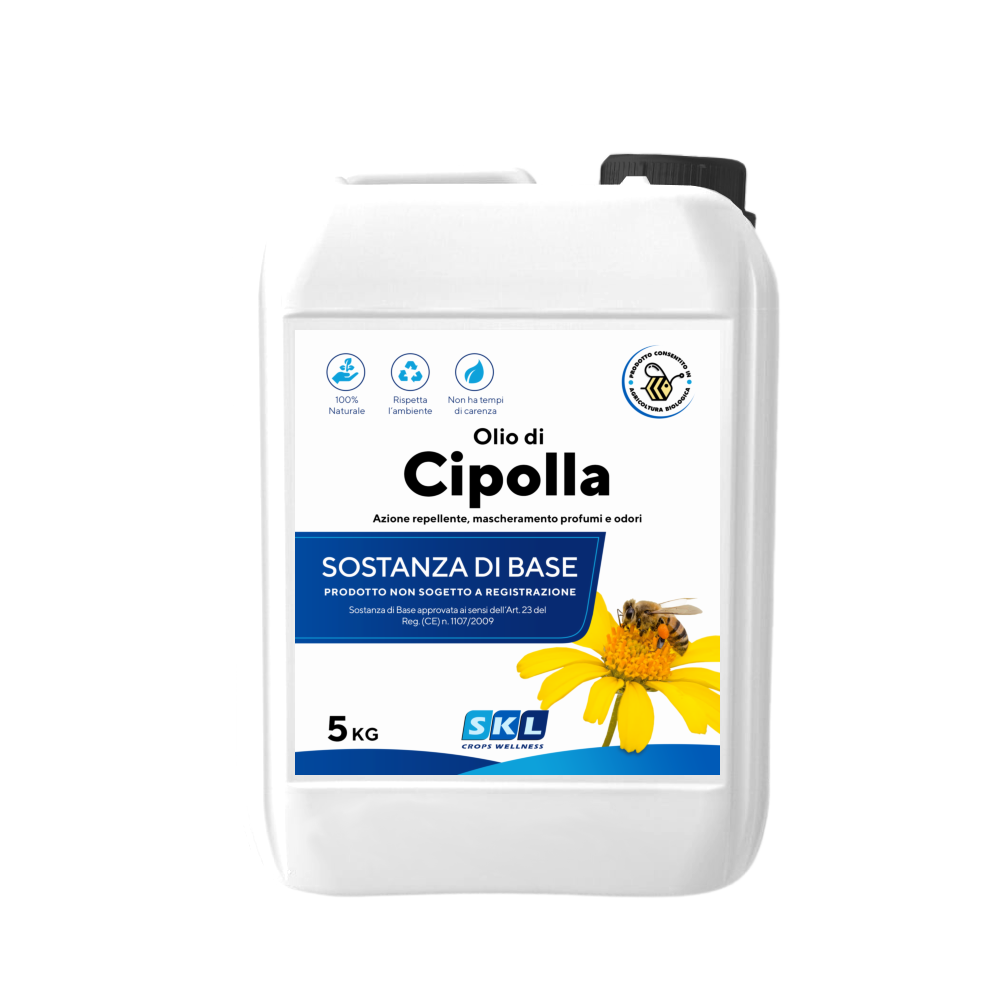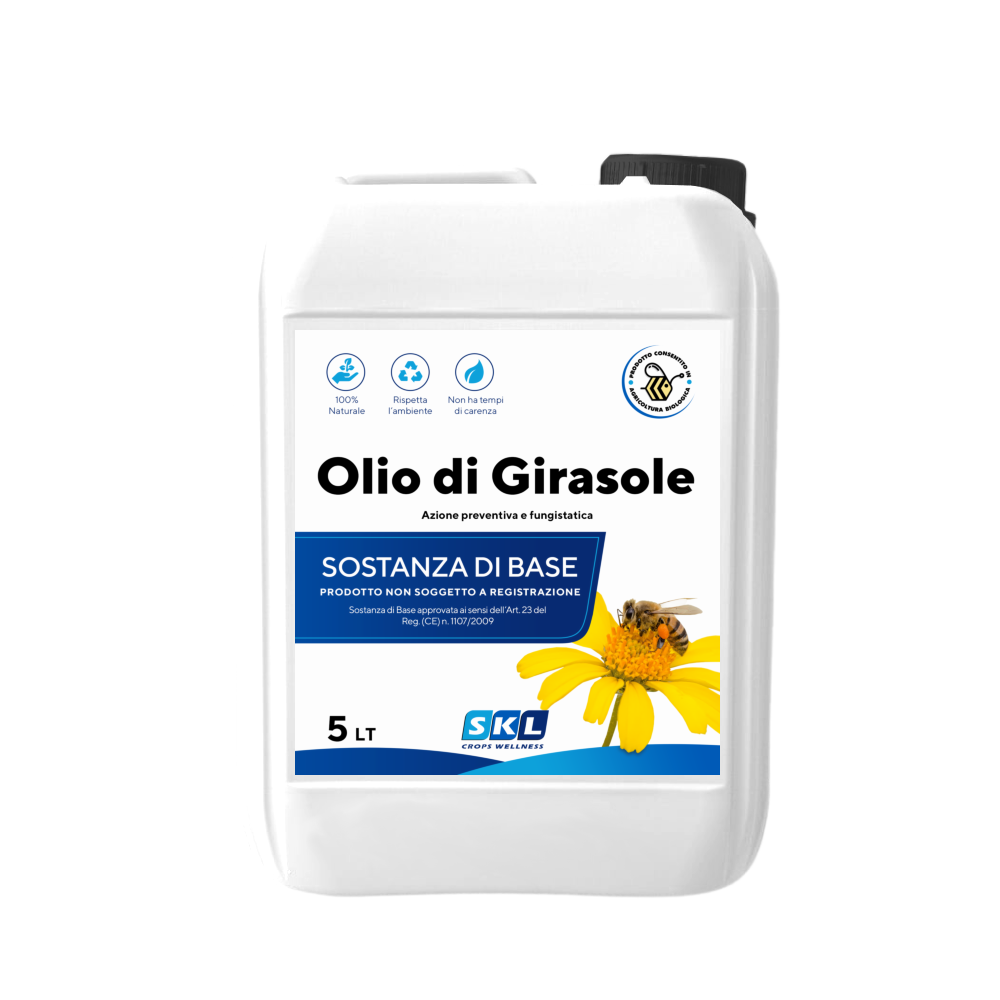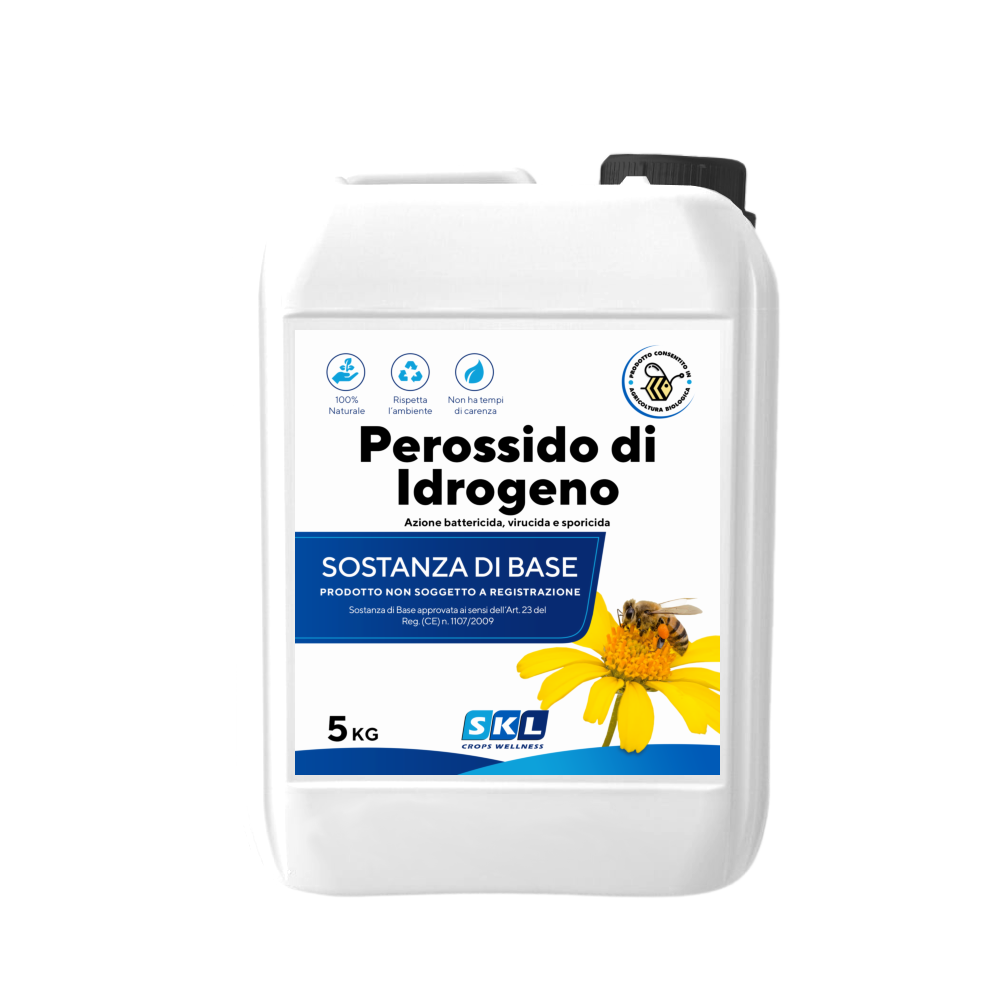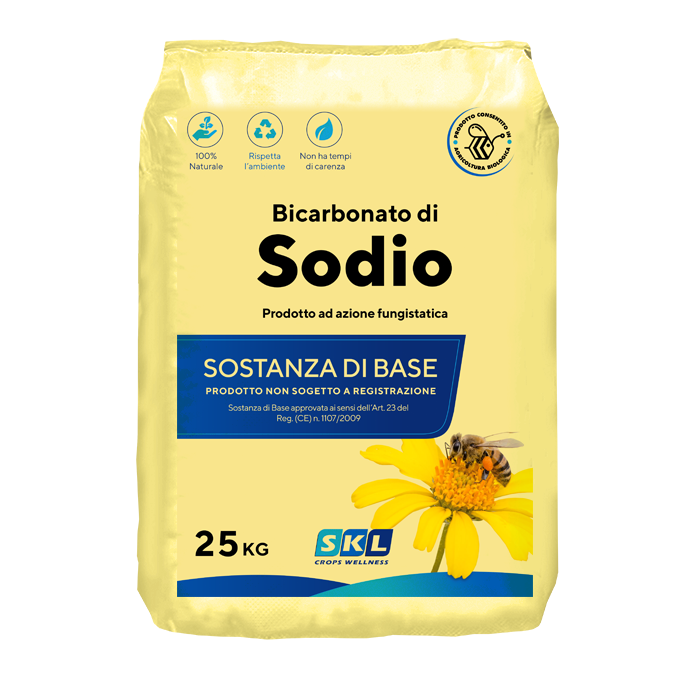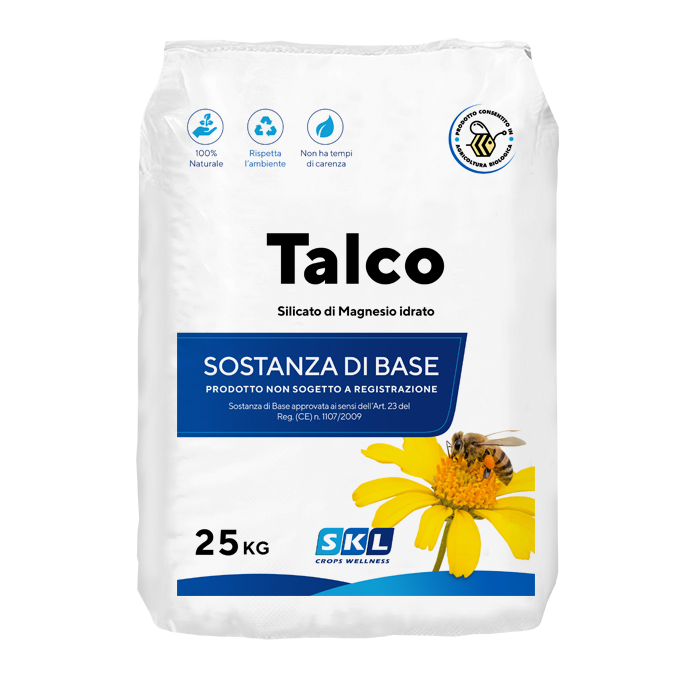Description
The Fructose is a simple monosaccharide present in many plants, where it is often combined with glucose to form the disaccharide sucrose.
The Fructose is common in honey, grapevines and fruit trees, flowers, small fruits, and numerous plant roots; commercially, it is extracted from sugar cane, sugar beet, and corn.
The Fructose authorized as a Basic Substance is extracted from plants and is commonly used in human nutrition; it can be used in the control of lepidopterans such as the Codling Moth (Cydia pomonella).
The Fructose absorbs moisture quickly and releases it slowly compared to sucrose, glucose, or other sugars; it has a high absorbing action even if the ambient humidity level is low. Thanks to this important activity, Fructose can contribute to ensuring a long shelf life of the fruits on which it is applied.
It is soluble in water and can be mixed in cold water just before application as a stimulator of the plant's natural defenses and is harmless to human health and the environment.
Dosage
| Crop | Adversity | Doses |
|
Apple (Malus pumila, Malus domestica) |
Apple codling moth (Cydia pomonella) |
10 g/hl |
|
||
|
||
|
||
Note: The reported doses refer to those officially published in the EFSA Reports

